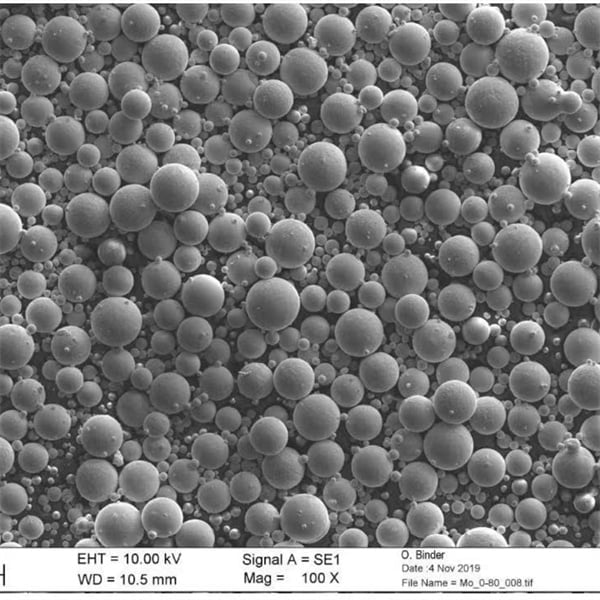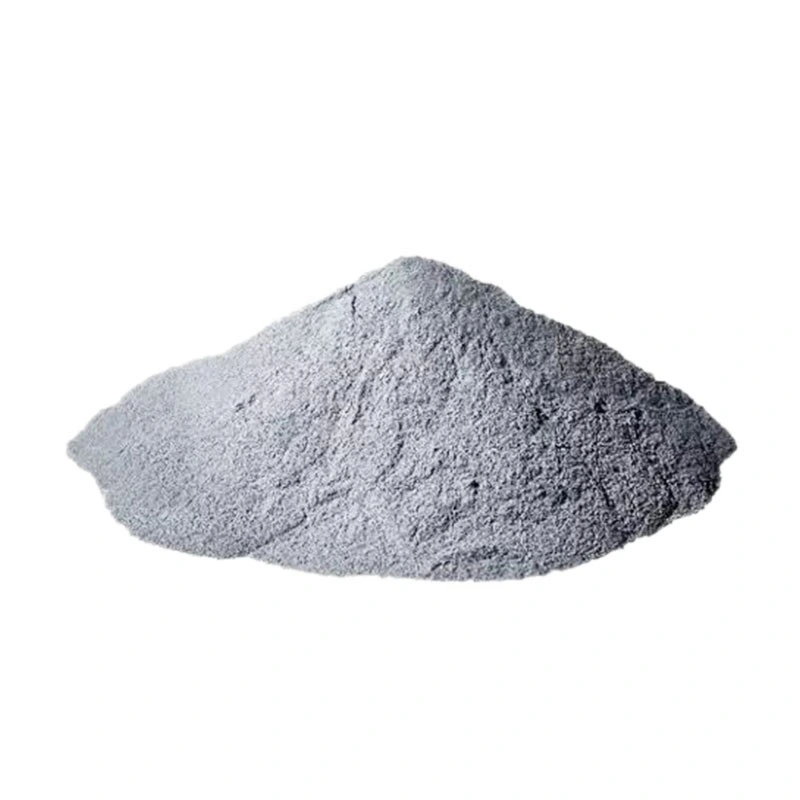high thermal conductivity alloy
Table of Contents
In our ever-evolving technological landscape, heat management is a constant battle. From processors in our laptops whizzing through complex calculations to heat sinks in our cars ensuring smooth operation, efficient heat transfer is crucial. This is where high thermal conductivity alloys enter the scene, acting as the silent heroes that keep things cool.
But what exactly are these alloys, and how do they work their magic? Buckle up, because we’re diving deep into the world of these thermal warriors!

Pure Aluminum (1000-series alloys)
Imagine a metal so good at transferring heat, it could rival a champion relay team. That’s pure aluminum, the undisputed champion when it comes to thermal conductivity among common alloys. Think of a pot of boiling water. Pure aluminum cookware excels at distributing heat evenly, preventing hot spots and ensuring your food cooks to perfection.
This exceptional ability stems from the way aluminum atoms are arranged. Their simple structure allows for the smooth transfer of free electrons, which act like tiny heat shuttles, whisking heat away from its source.
However, there’s a catch. Pure aluminum, while a thermal superstar, suffers from limitations. It’s not particularly strong and can be prone to deformation under stress. This makes it less suitable for applications requiring structural integrity alongside high thermal conductivity.
high thermal conductivity alloy: Copper Alloys
Copper, another champion in the heat transfer arena, boasts a thermal conductivity that rivals pure aluminum. Imagine a sleek copper heat pipe in your computer, efficiently transferring heat away from the processor, much like a fireman’s hose dousing a blaze.
Copper’s secret lies in its “sea of electrons.” Just like aluminum, copper has a free-flowing electron structure that facilitates excellent heat transfer. But copper shines (literally) in another aspect – its superior electrical conductivity. This makes it a popular choice for applications requiring both efficient heat dissipation and electrical conduction, like electrical wiring and heat sinks in electronic devices.
However, copper isn’t without its weaknesses. It’s heavier than aluminum and more susceptible to corrosion, especially in environments with moisture. Additionally, its cost can be higher compared to some aluminum alloys.
Aluminum Alloys with High Thermal Conductivity
Since pure aluminum and copper each have their strengths and weaknesses, metallurgists have developed a clever solution: aluminum alloys specifically formulated for high thermal conductivity. Imagine a superhero team combining the strengths of different heroes. These alloys retain the excellent thermal conductivity of aluminum while incorporating other elements to address its limitations.
One such example is the 2000 series aluminum alloy. By adding a small amount of copper to the mix, metallurgists achieve a significant boost in strength while maintaining impressive thermal conductivity. This makes them ideal for applications like heat sinks in high-performance computers and automotive radiators.
Another option is the 6000 series aluminum alloy. Think of a car engine needing efficient heat dissipation. This series incorporates magnesium and silicon, enhancing strength and corrosion resistance without sacrificing too much thermal conductivity. This combination makes them a popular choice for structural components in applications requiring heat management.
High-Conductivity Aluminum Alloy Sheets
For situations where weight is a critical factor, high-conductivity aluminum alloy sheets come to the rescue. Imagine the thin, lightweight aluminum fins on a CPU cooler, maximizing heat transfer without adding bulk.
These sheets are often made from the same high-conductivity alloys mentioned earlier, but rolled out to thin gauges. This not only reduces weight but also increases the surface area, further improving heat transfer efficiency. Think of a larger surface area for a sponge – the more surface area, the more water it can absorb. Similarly, a larger surface area on these sheets allows for better heat dissipation.
Their applications range from electronic devices like laptops and smartphones to automotive heat exchangers, where efficient heat management is crucial for optimal performance.
Choosing the Right Alloy
While high thermal conductivity is a key factor, it’s not the only consideration when selecting an alloy. Here are some additional factors to weigh:
- Strength: Will the component experience significant stress? Alloys like 2000 and 6000 series aluminum offer a good balance between thermal conductivity and strength.
- Weight: Is weight a major concern? High-conductivity aluminum sheets are ideal for weight-sensitive applications.
- Corrosion resistance: Will the component be exposed to harsh environments? Copper is more susceptible to corrosion compared to aluminum alloys.
- Cost: Budget plays a role. Pure aluminum is generally the most affordable option, while copper and some high-performance alloys can be more expensive.
| Factor | Pure Aluminum (1000-series) | Copper Alloys | Aluminum Alloys with High Thermal Conductivity | High-Conductivity Aluminum Alloy Sheets |
|---|---|---|---|---|
| Thermal Conductivity (W/m⋅K) | Highest among common alloys (around 237 W/m⋅K) | Excellent (around 429 W/m⋅K) | Varies depending on alloy composition (typically lower than pure aluminum but higher than standard aluminum alloys) | Good (comparable to standard aluminum alloys) |
| Strength | Low | Moderate | Varies depending on alloy composition (generally higher strength than pure aluminum) | Low to moderate (depends on sheet thickness) |
| Weight | Lightweight | Heavy | Varies depending on alloy composition (generally lighter than copper) | Lightweight |
| Corrosion Resistance | Good | Poor (susceptible to corrosion) | Varies depending on alloy composition (generally better than copper) | Good |
| Cost | Most affordable | More expensive than aluminum | Varies depending on alloy composition (can be more expensive than pure aluminum) | Generally affordable |
| Applications | Heat sinks (low-stress applications), cookware | Electrical wiring, heat pipes, heat exchangers | Heat sinks (high-performance applications), automotive radiators, structural components | Electronic devices (laptops, smartphones), automotive heat exchangers |
Remember, the best choice depends on your specific needs. Consider all the factors mentioned above to select the high thermal conductivity alloy that strikes the perfect balance for your application.
Advanced Alloys and Composites
The world of high thermal conductivity alloys doesn’t stop here. Imagine scientists constantly pushing boundaries to develop even more efficient heat transfer solutions. Researchers are exploring several exciting frontiers:
- Metal Matrix Composites (MMCs): These combine a metal matrix (like aluminum) with ceramic reinforcements (like silicon carbide). Think of adding tiny, heat-conducting ceramic particles to aluminum, creating a composite material with superior thermal conductivity. MMCs offer excellent heat transfer capabilities and can be tailored for specific applications.
- Nanomaterials: The world of nanotechnology holds immense potential for thermal management. Imagine manipulating materials at the atomic level to create alloys with exceptional thermal conductivity. Researchers are exploring the use of nanoparticles and nanowires to develop next-generation heat transfer solutions.
These advancements are still in their early stages, but they offer a glimpse into the future of thermal management. As technology continues to evolve, we can expect even more innovative high thermal conductivity alloys to emerge, pushing the boundaries of heat dissipation and paving the way for a cooler and more efficient future.

FAQ
Here are some frequently asked questions about high thermal conductivity alloys:
Q: What is the best high thermal conductivity alloy?
A: There’s no single “best” alloy. The ideal choice depends on your specific needs. Consider factors like thermal conductivity requirements, strength, weight constraints, corrosion resistance, and budget.
Q: Are there any drawbacks to using high thermal conductivity alloys?
A: While they excel at heat transfer, some high thermal conductivity alloys can be more expensive or less strong compared to standard options. Additionally, copper, a champion in thermal conductivity, is susceptible to corrosion.
Q: How can I improve the thermal conductivity of a component?
A: Aside from choosing an alloy with high thermal conductivity, consider factors like surface area and heat sink design. Increasing the surface area of a component can enhance heat dissipation. Additionally, proper heat sink design can optimize airflow, further improving heat transfer efficiency.
In conclusion, the world of high thermal conductivity alloys is a fascinating one. From the well-established players like pure aluminum and copper to the cutting-edge advancements in MMCs and nanomaterials, these materials play a vital role in keeping our technology cool and functioning optimally. So, the next time you hold your laptop or witness a car effortlessly gliding down the road, remember the silent heroes – the high thermal conductivity alloys – working tirelessly behind the scenes!
Share On
MET3DP Technology Co., LTD is a leading provider of additive manufacturing solutions headquartered in Qingdao, China. Our company specializes in 3D printing equipment and high-performance metal powders for industrial applications.
Inquiry to get best price and customized Solution for your business!
Related Articles
About Met3DP
Recent Update
Our Product
CONTACT US
Any questions? Send us message now! We’ll serve your request with a whole team after receiving your message.

Metal Powders for 3D Printing and Additive Manufacturing
COMPANY
PRODUCT
cONTACT INFO
- Qingdao City, Shandong, China
- [email protected]
- [email protected]
- +86 19116340731
















